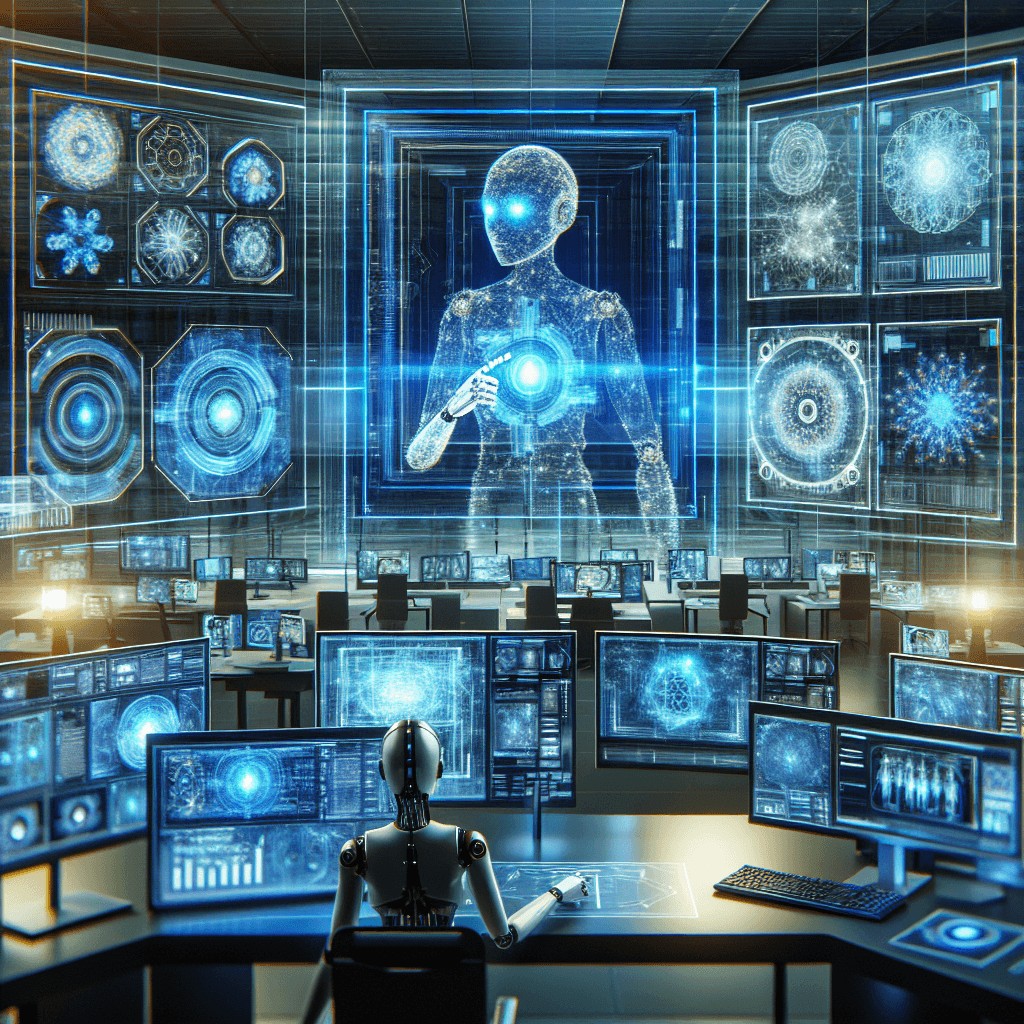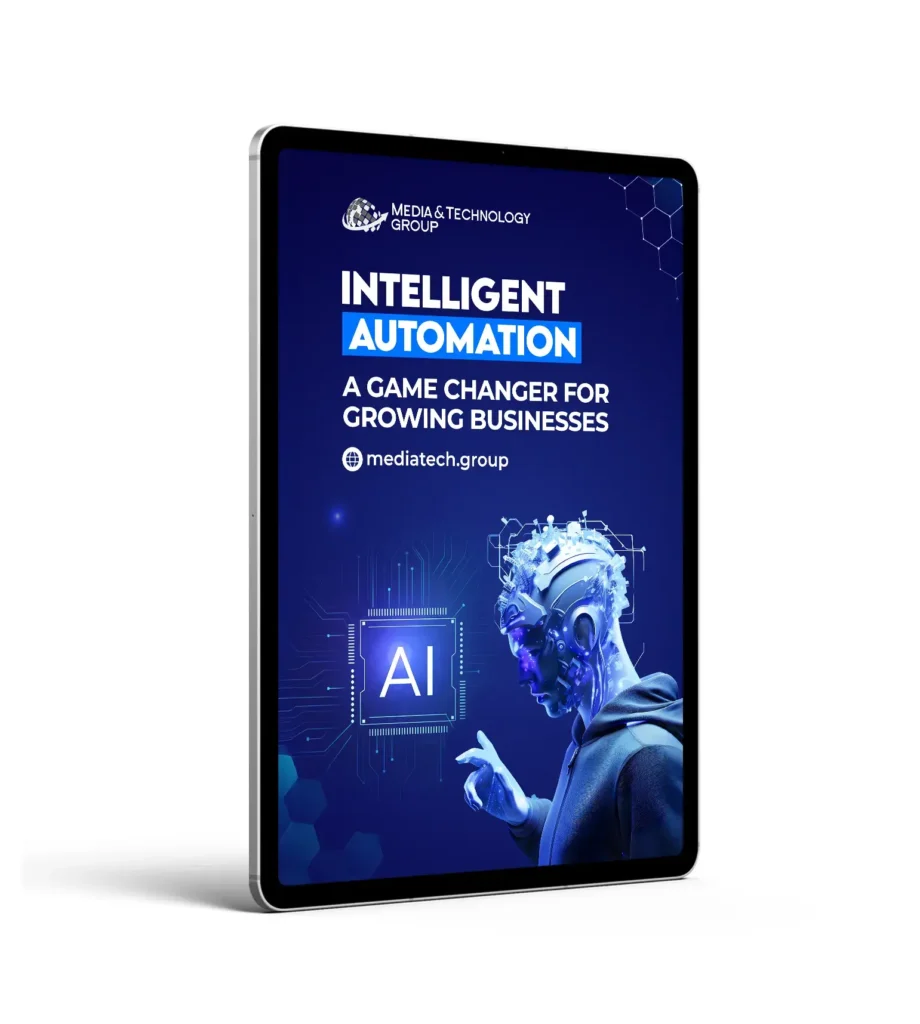In today’s fast-paced technological world, computer vision AI agents are two exciting areas transforming the way we live and work. Combining these technologies allows us to automate tasks and make faster decisions. But what is computer vision, and how can it be integrated into AI agents?
Here at Media & Technology Group, LLC, we’re passionate about helping you understand these complex concepts in a simple way. By the end of this article, you’ll have a foundational understanding of how these technologies work together.
Understanding Computer Vision
Computer vision is like teaching a computer to see and understand images. Think about how you look at a photo and recognize a tree, a car, or a person. Computers use algorithms to do something similar. These algorithms help computers identify and process visual information, turning images into data that can be analyzed. This makes tasks like facial recognition and self-driving cars possible.
Machine learning and deep learning are often involved in computer vision. They allow the computer to learn from examples. The system improves its accuracy the more it is used, which is pretty amazing. In essence, computer vision translates visual cues into meaningful information for AI systems to act upon.
What Are AI Agents?
AI agents are digital entities capable of transmitting data, making decisions, and learning from their environment. You can think of them as little pieces of software that use artificial intelligence to solve problems. They range from simple agents like chatbots to very complex ones like autonomous drones. AI agents rely on certain skills:
- Decision-making
- Learning from data
- Problem-solving
These agents analyze inputs from their environments, execute tasks, and improve over time.
How Computer Vision Enhances AI Agents
Integrating computer vision into AI agents can greatly enhance their capabilities. Imagine an AI agent that can only understand text inputs. With computer vision, that same agent can “see” its environment and gain insights from images or video. This can enhance the AI agent’s ability to make better decisions or respond to a user’s needs.
One example is in the field of autonomous vehicles. These vehicles use AI agents with computer vision to navigate roads safely by detecting traffic signals, pedestrians, and other vehicles. Computer vision helps the agent understand and interpret its surroundings in real-time. In security, AI agents equipped with computer vision can monitor video footage and detect unusual activities. They can alert security personnel without any human watching the screens 24/7.
The Technical Process of Integration
Integrating these technologies requires technical know-how. Here’s a simplified breakdown of how it happens:
- The AI agent is equipped with a camera or sensor to capture visual data.
- Computer vision algorithms are installed to process the captured images or video.
- Machine learning models are deployed to improve the agent’s visual recognition capabilities.
- Feedback loops help the agent learn from its mistakes, thereby becoming more accurate over time.
This marriage of technologies creates AI agents that are both context-aware and reactive.
Why Integration Matters for Businesses
For businesses, integrating computer vision into AI agents can provide numerous advantages. First off, it can significantly improve automation processes.
For instance, in manufacturing, AI agents can monitor assembly lines for defects, reducing human error and improving product quality. Moreover, integrating computer vision into AI agents can lead to better customer insights. Retailers, for example, can use AI agents to analyze shopping patterns through video feeds, tailoring store layouts and marketing strategies accordingly.
Here at Media & Technology Group, LLC, we specialize in implementing these cutting-edge technologies for various industry needs. Our goal is to harness technological advancements to offer smarter, more intuitive solutions tailored to your business requirements.
Challenges to Consider
While the integration of computer vision in AI agents is promising, it is not without challenges. Developing these systems usually involves high computational power and significant data storage capabilities. Also, ethical considerations, such as privacy issues related to video surveillance, need addressing. However, with careful planning and expert guidance, these hurdles can be overcome.
Conclusion
By now, you should have a clear understanding of how computer vision works hand in hand with AI agents. Integrating these two technologies offers immense potential for enhancing both business operations and daily life activities.
At Media & Technology Group, LLC, we’re excited to be at the forefront of these innovations, providing expert consultation and implementation services. Together, we can drive technological progress and make our world a smarter, more efficient place.







